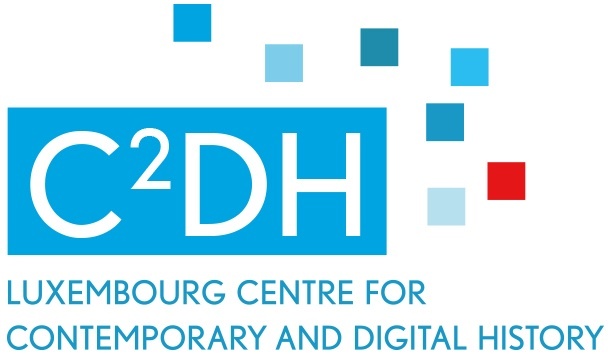Introducing microtoponyms and critical editions of old Romanian texts
During the fall, two interesting lectures were held as a part of the DTU Lecture Series, addressing issues of linguistic research in the modern age.
On October 17, Christian Zschieschang (GWZO, Leibniz Institute, Leipzig) gave a talk on microtoponyms, such as the names of plots for pastoral agriculture. In his introduction on microtoponomastic research, Zschiechang focused on the possibilities for settlement and agrarian research through the linguistic instances of the names alloted to plots of land.
He convincingly demonstrated minute details of local administrative division and its relevance for agrarian history, similar to possibilities for local ecological history via microtoponyms in central Germany, but with the promise that similar results or possibilities can be expected in any culture naming its places.
On November 14, Wolfgang Dahmen (emiritus Chair of Romanian, Friedrich-Schiller-Universität, Jena, Germany) lectured on the problems and the potential of critical editions of Old Romanian texts.
Compared to other Romance speaking areas, Romanian culture was mostly pastoral, but as Dahmen argued, experienced a boom of literary culture at the same time as the adoption of the book press around the 16th century.
[masterslider id=”20″]
Wolfgang Dahmen introduces the Romanian version of the Alexander Romance
Demonstrating issues in Old Romanian texts, such as the use of old Cyrillic letters specific to Old Romanian, or the influence of the slavic sphere in general, Dahmen opted for a detailed and critical edition of these Old Romanian texts that would also be accessible to broad public. He finished the lecture by opening a discussion on the possible use of digital methods, be it citizen science or digital interfaces.
Both lectures revealed the value of this often neglected area of linguistic study, as they can yield phenomenal insights into cultural history.



